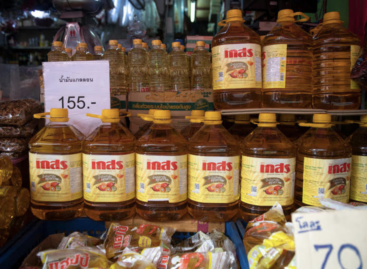K&H: the price of cocoa snails and hamburgers has skyrocketed
The sharp rise in prices of everyday products used by children continues – according to the K&H children’s inflation basket. The basket, which includes children’s shoes, yogurt, orange juice and cocoa snails, has risen in price by 21 percent in one year, and by more than 30 percent compared to December 2019. For example, the price of cocoa snails increased by 53 percent annually and by 81 percent in a three-year comparison.

Inflation in Hungary reached a ten-year high last December. The price index showed a 24.5 percent increase in price compared to the last month of 2021. Within this, food prices rose by nearly 45 percent. The outstanding price increase also affects the youngest. Based on official statistical data, K&H compiled the children’s inflation basket, which included fruit yogurt, cocoa snails, hamburgers, orange juice, ice cream, as well as backpacks and children’s shoes.
These products cost a total of HUF 27,482 in December last year, compared to HUF 22,727 a year earlier, i.e. the products in question rose in price by 21 percent year-on-year. The rate of price increase is even more substantial, 31 percent compared to December 2019.
Related news
Corporate leaders’ commitment to sustainability at record level
According to the latest data from the K&H Sustainability Index,…
Read more >K&H Analyst Commentary: The forint is on the rise
The forint, the Polish zloty and the Czech koruna are…
Read more >K&H: collaboration with the capital in the name of climate neutrality
Budapest Metropolitan Municipality and K&H Bank have signed a Memorandum…
Read more >Related news
Corporate leaders’ commitment to sustainability at record level
According to the latest data from the K&H Sustainability Index,…
Read more >FAO food price index rose slightly in June due to higher prices of meat, dairy products and vegetable oils
The Food and Agriculture Organization of the United Nations (FAO)…
Read more >What can cause the price of a wine to increase tenfold?
There are fewer of them worldwide than the number of…
Read more >





